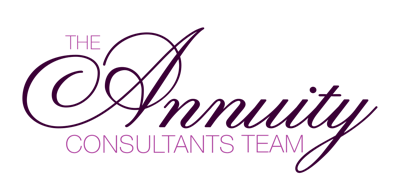Build Your Brand
One thing that will help you stick in the minds of consumers is good branding.
Now, in today’s environment, everything—from social networks, to your website, to your content—is branding. However, we are specifically talking about branding in a traditional sense—design, layout, and images.
If your website looks and “feels” outdated, consumers are less likely to have confidence in your services. When was the last time you updated your website’s branding? Is your logo outdated? Are photos low-quality or low-resolution. Does your website function the way a modern site should?
A simple, and often inexpensive, way to improve your digital presence is to invest in re-branding and digital infrastructure. This will give your consumers a modern and responsive digital experience.
Here are five components to a good visual brand.
Logo
In our approach, a logo is where your branding starts. Your logo should be modern, clean, and clear. Having slight variations (think of the way sports teams have home uniforms and away uniforms) can help you maintain brand consistency across different material and backgrounds.
Your logo also suggests design cues for other elements of your branding, such as colors, fonts, and button shapes on your website. Think all of the many things a logo eventually gets used on—business cards, website, brochures, billboards, office exteriors, letterheads—and you’ll see why you should give appropriate consideration to this element of your visual identity.
Color
Color plays a very strong part in how consumers receive your brand. Aggressive colors like bright reds or oranges can convey passion and agitation. Softer earth tones, greens, and blues can convey peace, security, and calm. These are general guidelines (there will always be an exception to a rule). But they can guide you as you think about the 2-4 main colors you want to use with your branding.
Space and Shape
Even the most calming color (say a sky blue) can overwhelm if it dominates too much space on your webpage or brochure. Elements should be arranged in a logical way that presents your information in a clear and distinct manner. This means using color judicially and spacing elements carefully. Allow headlines, body text, logo, images, and embellishments room to breathe, with a color strategy that draws readers eyes to relevant sections.
Pitched To Your Target Market
The imagery you use throughout your digital and physical collateral should reflect its intended audience. If your focus is more on the boomer/senior market, you’ll want to incorporate elements that speak to this age group—say, images of retirement or active seniors. Buttons should be rounder and large. Likewise, text should be large and accessible. If your focus is more on young earners and growing families, you may want to choose more modern design elements, such as clean lines and white space.
Periodic Updates
Design trends change over times and so does technology. A brand refresh can take what works about your brand identity and bring it the current age. This allows you to retain any brand recognition you may have earned over the years while getting with the times.
Ready to let us help you build your brand? CONTACT US
